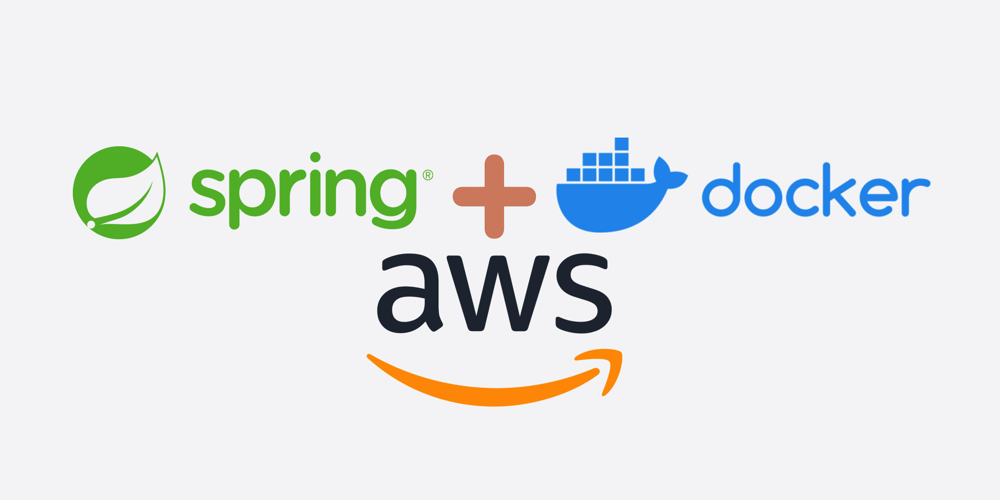A quick introduction about Web Development
Introduction: what you need to know to start Web development is one of the most dynamic fields in the technology market. With the rise of digital solutions, professionals working in web development and web applications play a crucial role. If you're just starting out or planning to, here's an initial guide to help you begin your journey. Types of Web Developers Before diving into careers, it's important to understand the three main specializations within web development: Front-End Developer: Works with everything the user sees and interacts with directly on a website or application. This includes the structure, layout, and functionality of a page. The main technologies here are HTML, CSS, and JavaScript. Back-End Developer: Focuses on server-side aspects, databases, and application logic. The back-end ensures that information is processed and delivered correctly to the front-end. Technologies like Node.js, Ruby on Rails, Django, Java, and others are common in this area. Full-Stack Developer: Combines both front-end and back-end skills. This professional has the ability to build a complete web application, from design to server infrastructure. Type of Careers The job market offers different career options for web developers. Each has its particularities, advantages, and challenges: Large Companies: Working at a large company can provide stability, benefits, and the opportunity to work on large-scale projects. However, the work can often be more segmented, with well-defined specializations. Startups: If you're looking for a more dynamic and challenging environment, working at a startup may be ideal. In these places, you'll likely use a variety of skills, solve complex problems, and grow quickly. The downside may be a lack of stability and a more intense workload. Freelancer: Working independently offers flexibility and autonomy. You can choose the projects you want to work on and set your own hours. However, it’s also necessary to have management skills, as you'll be responsible both for development and for acquiring clients and managing your time. Consultants: If you have solid experience, you can work as a consultant for companies, helping them define the best technical solutions for their projects. Here, you can make a significant impact on companies of different sizes. How to Choose Your Learning Path? Before following any learning roadmap, it's important to have clarity about the type of developer you want to become and the type of career you want to pursue. The website roadmap.sh provides an excellent visual guide to show the learning steps for front-end, back-end, and full-stack developers. But before looking at the roadmap, here are a few considerations: What are your interests? If you enjoy visual interactions and design, front-end might be the best choice for you. If you prefer working with logic and servers, back-end could be a good fit. What type of work do you want to do? If you want to work at large companies or startups, your choice of technology might influence your decision. Conclusion Web development is an exciting journey full of possibilities. Whether in large companies, startups, as a freelancer, or a consultant, there are many opportunities for those who are willing to learn and adapt. With the right tools and the motivation to evolve, you can follow the path that best matches your skills and interests. Remember: the key is to get started! Choose the path that resonates most with your profile and keep exploring. And don’t forget, practice is essential to becoming a successful web developer.

Introduction: what you need to know to start
Web development is one of the most dynamic fields in the technology market. With the rise of digital solutions, professionals working in web development and web applications play a crucial role. If you're just starting out or planning to, here's an initial guide to help you begin your journey.
Types of Web Developers
Before diving into careers, it's important to understand the three main specializations within web development:
Front-End Developer: Works with everything the user sees and interacts with directly on a website or application. This includes the structure, layout, and functionality of a page. The main technologies here are HTML, CSS, and JavaScript.
Back-End Developer: Focuses on server-side aspects, databases, and application logic. The back-end ensures that information is processed and delivered correctly to the front-end. Technologies like Node.js, Ruby on Rails, Django, Java, and others are common in this area.
Full-Stack Developer: Combines both front-end and back-end skills. This professional has the ability to build a complete web application, from design to server infrastructure.
Type of Careers
The job market offers different career options for web developers. Each has its particularities, advantages, and challenges:
Large Companies: Working at a large company can provide stability, benefits, and the opportunity to work on large-scale projects. However, the work can often be more segmented, with well-defined specializations.
Startups: If you're looking for a more dynamic and challenging environment, working at a startup may be ideal. In these places, you'll likely use a variety of skills, solve complex problems, and grow quickly. The downside may be a lack of stability and a more intense workload.
Freelancer: Working independently offers flexibility and autonomy. You can choose the projects you want to work on and set your own hours. However, it’s also necessary to have management skills, as you'll be responsible both for development and for acquiring clients and managing your time.
Consultants: If you have solid experience, you can work as a consultant for companies, helping them define the best technical solutions for their projects. Here, you can make a significant impact on companies of different sizes.
How to Choose Your Learning Path?
Before following any learning roadmap, it's important to have clarity about the type of developer you want to become and the type of career you want to pursue. The website roadmap.sh provides an excellent visual guide to show the learning steps for front-end, back-end, and full-stack developers.
But before looking at the roadmap, here are a few considerations:
What are your interests? If you enjoy visual interactions and design, front-end might be the best choice for you. If you prefer working with logic and servers, back-end could be a good fit.
What type of work do you want to do? If you want to work at large companies or startups, your choice of technology might influence your decision.
Conclusion
Web development is an exciting journey full of possibilities. Whether in large companies, startups, as a freelancer, or a consultant, there are many opportunities for those who are willing to learn and adapt. With the right tools and the motivation to evolve, you can follow the path that best matches your skills and interests.
Remember: the key is to get started! Choose the path that resonates most with your profile and keep exploring. And don’t forget, practice is essential to becoming a successful web developer.












































































































































































![[The AI Show Episode 142]: ChatGPT’s New Image Generator, Studio Ghibli Craze and Backlash, Gemini 2.5, OpenAI Academy, 4o Updates, Vibe Marketing & xAI Acquires X](https://www.marketingaiinstitute.com/hubfs/ep%20142%20cover.png)



























































































































![[DEALS] The Premium Learn to Code Certification Bundle (97% off) & Other Deals Up To 98% Off – Offers End Soon!](https://www.javacodegeeks.com/wp-content/uploads/2012/12/jcg-logo.jpg)


![From drop-out to software architect with Jason Lengstorf [Podcast #167]](https://cdn.hashnode.com/res/hashnode/image/upload/v1743796461357/f3d19cd7-e6f5-4d7c-8bfc-eb974bc8da68.png?#)









































































































.png?#)

































_Christophe_Coat_Alamy.jpg?#)
 (1).webp?#)




































































































![iPhone 17 Pro Won't Feature Two-Toned Back [Gurman]](https://www.iclarified.com/images/news/96944/96944/96944-640.jpg)
![Tariffs Threaten Apple's $999 iPhone Price Point in the U.S. [Gurman]](https://www.iclarified.com/images/news/96943/96943/96943-640.jpg)





































































































































